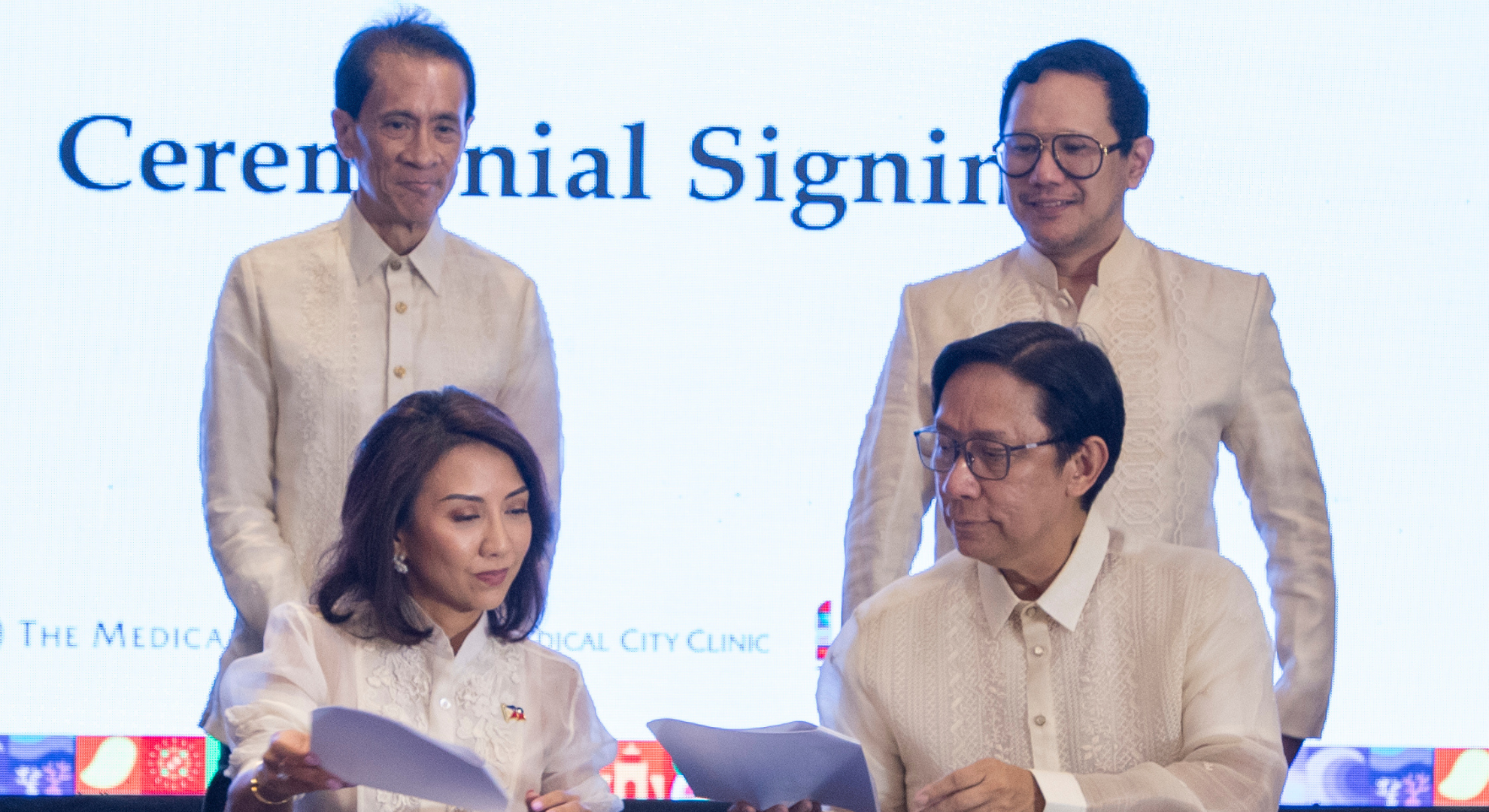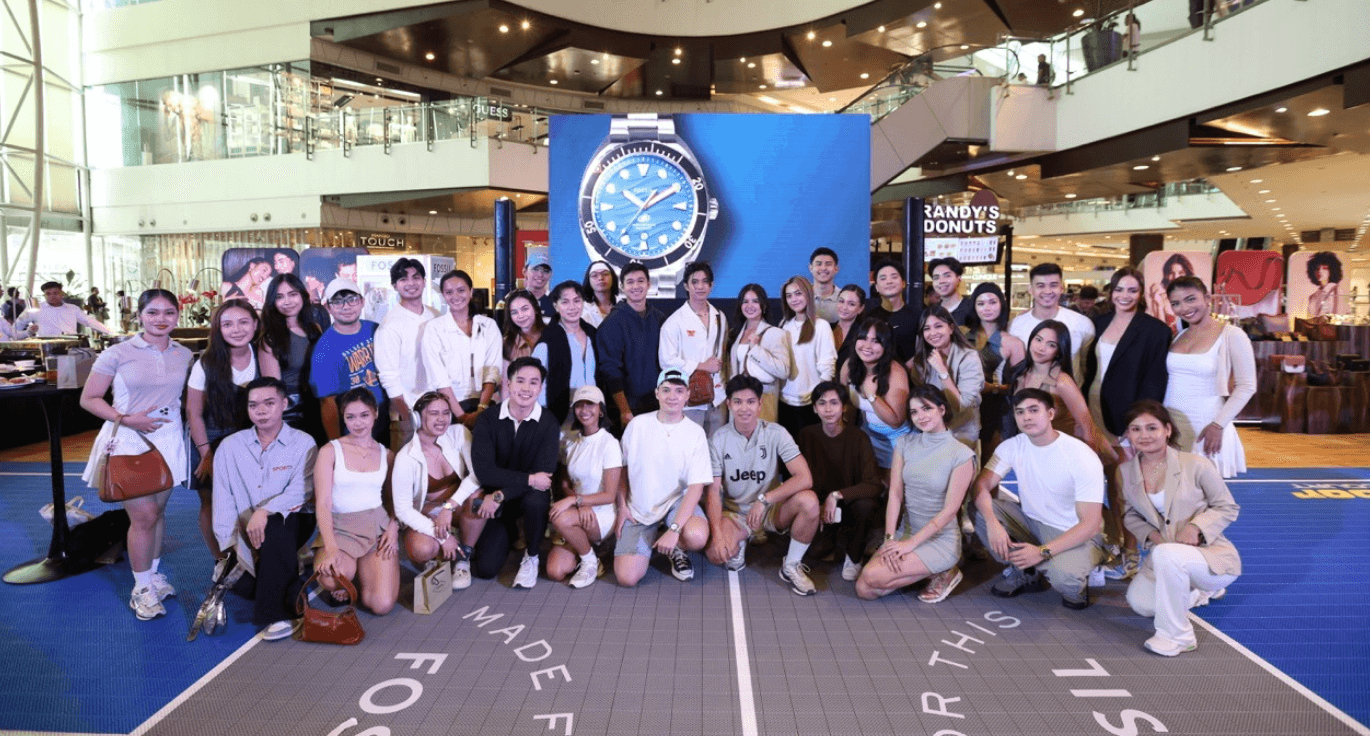Written by: Amy R. Remo
The Philippine travel and tourism industry may finally start to see some green shoots of recovery.
As the government continues to ease restrictions and movements in the capital region and nearby provinces, domestic travel has since started to pick up while more tourism-based businesses have been allowed to reopen. These developments are crucial not only in helping revive jobs of displaced tourism workers but also in aiding in the overall recovery of the industry.
Based on Resolution 124 of the Inter-agency Task Force for the Management of the Emerging Infectious Diseases (IATF-EID), interzonal movement of persons traveling in and out of Metro Manila and surrounding provinces remains allowed, but subject to the restrictions of concerned local government units (LGU).
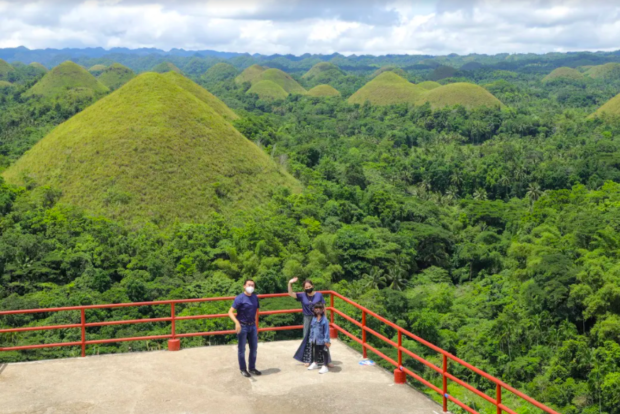
Relaxed restrictions
Currently, domestic tourists of all ages are free to travel from the so-called NCR Plus (Metro Manila, Bulacan, Laguna, Cavite and Rizal) to destinations that are under GCQ and modified GCQ (MGCQ) subject to certain restrictions.
Moreover, under IATF Resolution 125, Children 5 years old and above in areas under MGCQ and GCQ, except those under heightened restrictions, may also be able to go outdoor areas, including tourist attractions, provided that the child is supervised by adult/s and is in observance of minimum public health standards.
As stated in the updated IATF guidelines: “Point-to-point travel to areas under GCQ and modified GCQ shall be allowed without age restrictions subject to an RT-PCR test-before-travel requirement for those below 18 years old and above 65, and other protocols and restrictions as may be imposed by the DOT and the local government unit of destination.”
For areas under GCQ with some restrictions, meetings, incentives, conventions, and exhibitions (MICE) events in eligible venues are allowed at 40 percent of the venue capacity, while social events in the same establishments shall be allowed up to 10 percent of the venue capacity. This, however, is not yet allowed for those under GCQ with heightened restrictions such as Laguna and Cavite.
For Metro Manila, Rizal and Bulacan, indoor tourist attractions, historical sites and museums as defined by the DOT may operate at 40 percent capacity, while outdoor tourist attractions shall remain allowed at 50 percent with strict adherence to minimum public health standards.
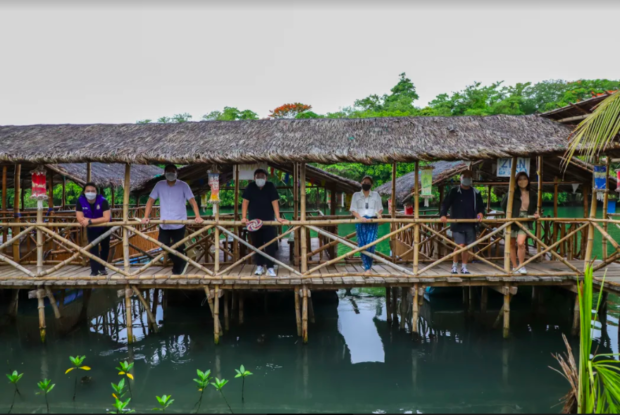
The resolution further stated that specialized markets of the DOT such as staycations without age restrictions will also continue to be allowed, for as long as the accommodation establishments will follow the capacities, protocols, and restrictions set by the agency.
Meanwhile those under GCQ with heightened restrictions like Laguna and Cavite, outdoor tourist attractions will be allowed at 30 percent of the venue capacity, with strict adherence to minimum public health standards, the IATF said.
Staycations without age restrictions shall remain to be allowed as well, while business establishments that were awarded Safety Seal Certifications are allowed to operate at higher capacities—10 percent more than the prescribed on-site or seating capacity.
And recently, the IATF has allowed local government units to accept fully vaccinated individuals, including senior citizens, who are able to present their COVID-19 domestic vaccination card as an alternative to RT-PCR testing for intrazonal and interzonal travel. Fully vaccinated senior citizens, particulary, are only allowed to travel within areas under GCQ and MGCQ. Local Government Units (LGUs), however, may still require fully vaccinated travelers to present a negative RT-PCR test result prior to entry.
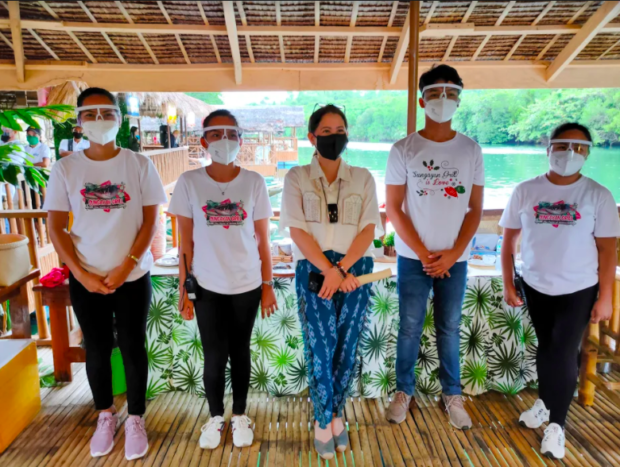
Gradual Recovery
The easing of restrictions bodes well for the Philippine tourism industry, which has suffered significant setbacks last year.
Citing data from the Philippine Statistics Authority (PSA), the DOT said the Tourism Direct Gross Value Added (TDGVA) dropped to P973.31 billion last year from the P2.51 trillion recorded in 2019. This meant that tourism contributed only 5.4 percent to the country’s gross domestic product (GDP), reportedly the lowest since PSA started gathering data in 2000. This figure showed a steep decline from the industry’s 12.8 percent contribution in 2019.
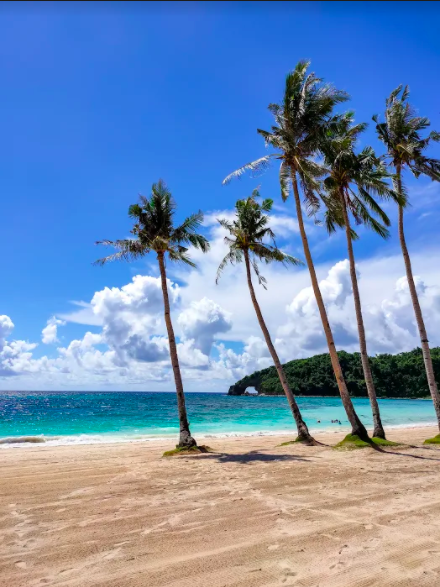
Some experts believe that the tourism industry, which is highly dependent on the mobility and face-to-face interaction of people, will likely return to its pre-pandemic levels in two to three years’ time or by 2024 at the latest.
Nevertheless, all these developments, including the mass vaccination of tourism workers, are bringing the country, albeit slowly, one step closer to the gradual revival of a pandemic-pummeled industry, whose recovery will no doubt have a bigger, much more significant impact on the Philippine economy.
For more information, visit philippines.travel/safetrip
ADVT
Read more Lifestyle stories:
Midcentury Manila top 20 picks to go under the hammer at León exchange online auction on July 18
Filipinos living with axial spondyloarthritis invited to participate in global patient survey
Spend less time keeping your home clean with the Philips 4000 Series Cordless Vacuum














